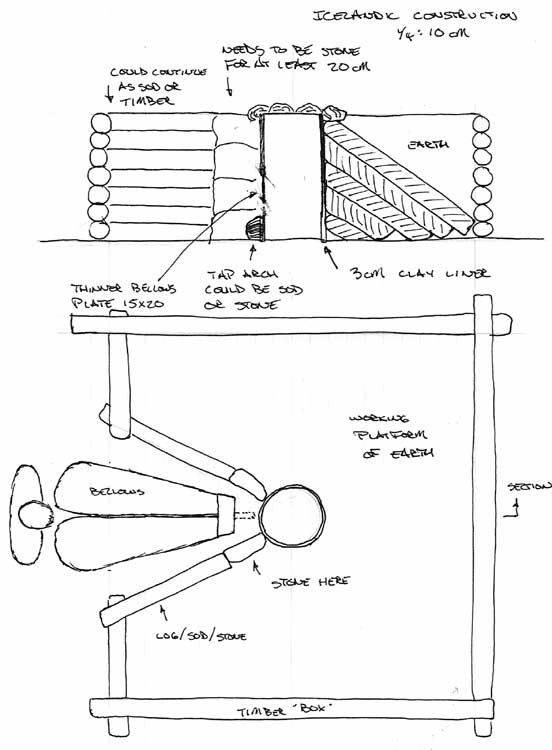I've read numerous threads within the Bloomers and Buttons section here and watched countless YouTube videos on the topic. They are all very informative and helpful, but it seems that many of them start at a knowledge base which is still a distant spec on my horizon.
...
I guess what I'm looking for is some repeatable process data: stack & tuyere dimensions, charcoal & ore weights, air CFM rates, burn times, etc.
I realize this is somewhat like asking, "Hey guys, how do I make a knife?" or "What's this whole 'brain-surgery' thing about?" I'm just looking for a way to speed up the trial and error process.
There are almost three separate aspects to your request - so here is some (unasked for?) advice.
It seems almost anyone will put something on to YouTUBE. If they know what they are doing or (more often) not. As an information source, this makes it almost useless. Compounded by the truth that few people actually * explain * what they are actually doing there. Multiplied by the poor records or measurements many groups illustrated even bother with in the first place.
(The number of * failed * iron smelts seen on YouTUBE *greatly * outnumbers the effective ones seen)
You obviously have access to the internet. Google search 'iron smelt' and you may notice something. A couple of names come up in excess : Lee Sauder / Darrell Markewitz / Jesus Hernadez
All three of us provide extensive documentation on our process, and significantly, records of past work. Lee alone is pushing 200 individual smelts he has personally undertaken (!)
Both Lee and I have 'basic method' documents available for download. Jesus has an excellent video tutorial available.
This is not YouTube. A successful bloomery iron smelt takes at least two full days of work to accomplish (one for build and prep, then roughly 4 - 6 hours plus on the actual smelt process). Nothing you can distill down usefully into a ten minute clip.
Two effective teaching furnaces described:
Lee's 'Flue Tyle' - http://www.warehamforge.ca/ironsmelting/FlueTyle/index.html
Darrell's 'Econo Norse' - http://www.warehamforge.ca/ironsmelting/EconoNorse/index.html
Effective bloomery iron smelting is as much * Art as Science *.
A well written guide by an experienced teacher can certainly help you avoid some of the worst mistakes. Anyone who tells you that this is a cook book process just does not know what they are talking about.
This is a long adventure - welcome!






















